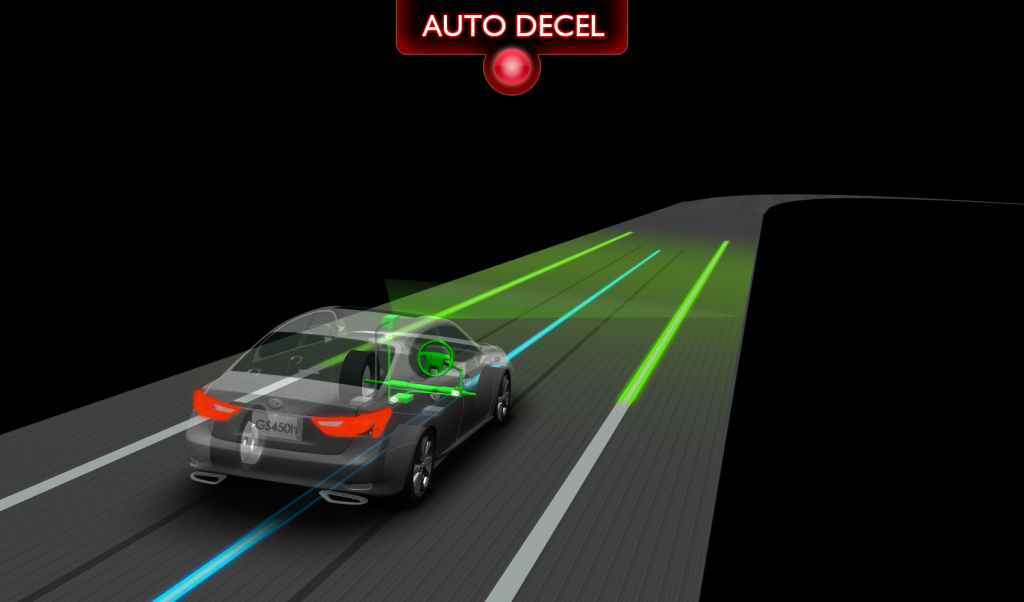Toyota has lagged behind rivals in developing self-driving cars and implementing hands-free driver assistance systems.
Toyota said on Friday that likely it would probably invest usd50 m within the next five-years to obtain seam research deals at both educational institutions, one right on Silicon Valley as well as having the other outside Boston. Tesla Motors is also pushing to have its own driverless vehicle on the market as soon as possible.
GM has a longstanding research partnership on self-driving vehicles with Pittsburgh’s Carnegie Mellon University.
Toyota officials downplayed concerns that they were trailing behind Google and other carmakers in autonomous driving and said the company already has some key technologies in place after spending 20 years working in the field.
Toyota also announced that Gill Pratt, the former Program Manager at DARPA (the Defense Advanced Research Projects Agency) and leader of the Robotics Challenge, has joined the company to oversee the research.
The MIT research center will focus on inventing ways for cars to recognize their surroundings and make decisions that avert potential accidents.
Toyota Senior Managing Officer Kiyotaka Ise said he and Pratt share a common vision for what artificial intelligence can bring to the table.
The investment is an extension of Toyota’s belief that everyday living can be improved through technology that uses artificial intelligence.
The research center at MIT will be led by Professor Daniela Rus, Director of the institute’s Computer Science and Artificial Intelligence Laboratory, who said intelligent vehicles “will play a major role in helping reduce traffic casualties, and potentially even helping us develop a vehicle incapable of getting into a collision”.
Meanwhile, both General Motors and the Ford Motor Co. have established offices in Palo Alto to develop smart automobile technologies.
California law still requires humans to be in the self-driving cars to take control in risky situations or if something goes wrong. They logged a combined 147,000 miles in autonomous mode from June 3 through August 31, according to Google. The robot cars were rear-ended by vehicles driven by people in those accidents.
